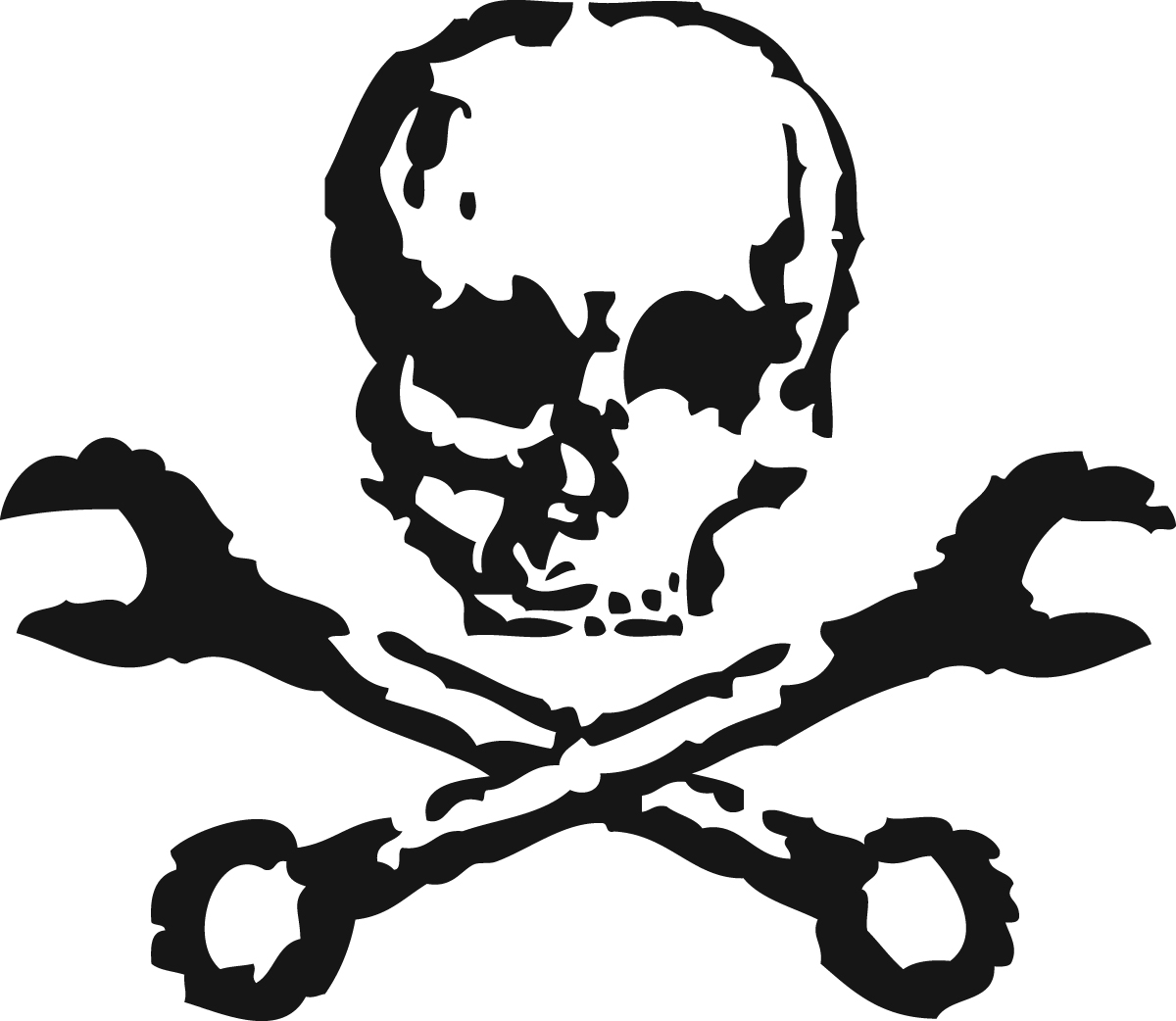What you should have on your person at all times: Goggles, Mask, and Water.
Whenever you leave camp, even if it’s just for a few minutes, you should always have these three items on you – you never know when something or someone will compel you to set aside your plans and keep you from getting back to camp to retrieve your necessities! (See “Playa Time.”) We’ll go over each of these things in detail so you understand how to choose your items and why they are so important.
Goggles
Burning Man happens in a desert region called a playa, which means it is an ancient (mostly dry) lake bed. It can vary from concrete hard to powder inches-deep powder, its consistency ranges from powder to sand, and it is all blown around in the wind. Thick walls of dust can move through with very little notice and at very high speeds, sometimes so bad it blots out the sun and makes it impossible to see more than a foot or two in front of you – whiteout conditions. You’ll want to put on goggles to protect your eyes. Being blind will make it all that much worse as even going a few yards back to your camp may be difficult, and conditions may not be improved inside a shade structure.
You can get goggles at just about any camping or army surplus store. Even skiing or swim goggles work, although they tend to fog up. Most goggles have vents, and if they are not covered with foam be prepared to tape them up so dust cannot enter the vents. Many people just get tinted goggles and wear them all day like sunglasses. If you need prescription, there are goggles that will fit over glasses (notably, US Army wind and dust goggles) or brands such as WileyX make sports goggles with a foam seal. Since dust storms can occur around the clock, you will also be well served by having two pairs: tinted lenses for day, clear for night.
Dust Mask
For similar reasons to the above, you’ll need a dust mask. Being able to breathe in a dust storm is even more important than seeing. Types of masks can range anywhere from industrial masks with particulate filters to surgical masks to the most popular: a bandanna.
Bandannas are used most often because they are cheap, easy to find, and come in handy in a variety of situations. Keep it around your neck or in your pocket, and when the wind starts blowing the dust around, put it over your nose and mouth and use your water to keep it wet, making it more effective. Which brings us to our last necessity:
Water
Water is life. The most important thing that you can do to stay alive and healthy at Burning Man is to keep water on your person AT ALL TIMES, and drink from it often. There is a reason that the unofficial motto of Burning Man is “Piss clear.” It cannot be stressed enough how important it is to stay hydrated out on the playa. It can easily be well above a hundred degrees in the heat of the day, and it will be a dry heat, so you won’t even feel yourself sweating. That’s because your sweat is evaporating so quickly, further depleting your body of moisture.
Everybody needs to have water to drink and drink often. And while most of your fellow BRC citizens would happily share their water with you if you are in need, one of the most important tenets of Burning Man is radical self-reliance. Be responsible for your own safety – do not put that burden on others.
So, you’ll need to walk around with a water bottle, canteen, or water bladder with a hose any time you leave your camp. If you are the type to set something down and forget it, use something that is strapped to your body.
BRC Hardware usually plans for 2 gallons of water per person per day. That’s plenty for cooking and showering plus a good safety margin. We use 5-gallon water bottles and an office cooler, but most people just go to the grocery store and buy flats of bottled water (which makes a lot of trash) or the larger 2.5-gallon cubes. It is possible to fill up with water in Gerlach from a tap, but this means you’re taking water from the desert-dwellers, and we try not to make life difficult for the people who graciously accommodate 70,000 festival-goers passing through their small communities.
If you’re wondering whether you should be drinking more water, the question to ask is, “Am I drinking water right now?” If the answer is “no,” you should drink.
